Mercedes-Benz F125! May Preview Future S-Class
It created a lot of buzz when it was unveiled at Frankfurt back in September, yet the F-125! concept, besides showcasing possible future technologies such as a hydrogen-fuel cell powertrain, exotic construction materials and onboard telemetry, might also point to the direction large, executive cars may actually go if increasingly stringent fuel economy and emissions standards remain on the cards.
Further emphasizing the fact that the F-125! might actually hint at future Mercedes S-Class models, Dr. Thomas Weber, head of R&D at Daimler AG (pictured with it above), said, in reference to the F-125! “this research car was built with the perspective of what does a car in 2025 look like?”
That’s far beyond the projection of most modern concept cars, which tend to either be trial balloons for upcoming production models, or hint at vehicles five to 10 years down the road.
However, given that the European Union, in it’s infinite wisdom, seems almost hell bent on outlawing large, gasoline engined cars (proposed smog standards for 2020 include a limit of 95 grams per km (5.4 ounces per mile – contrasting with around 154 g/km today) the F-125! could represent what you might get when walking into a Mercedes showroom and purchasing a S-Class, some two decades from now.
There’s no question, that in order to meet these ultra tough smog standards, electric drive and fuel cells will be part of the equation, though to meet the demands of future S-Class customers, particularly those of range and performance, Mercedes understands that new, unproven technologies will have to be employed.
One of them includes using a new Kevlar like material to store hydrogen in the vehicle’s body cavities instead of a conventional cylindrical tank, improving onboard capacity and help boosting the car’s range.
Yet another is using a lithium-sulphur battery to increase energy density and also boost performance and range. However, at present such technologies are very much in the infant stage, though Weber says that lithium-sulphur batteries might become more prevalent toward the end of the decade, even thought at that point, they’ll probably be relegated for use in small items, like power tools.
However, Tim Urquhart, a London based analyst with the firm IHS Global Insight, says that the F-125! doesn’t as much showcase the future of big cars, but rather how uncertain automakers are about them.
“Sometimes when an OEM is talking about these things, you take it with a pinch of salt,” he said. “In this car [the F-125!], I think they are trying to imagine what a vehicle of this type would be like in the long-term future.”
He also went on to state that for performance models and long legged GT cars, current thinking regarding EV technology simply isn’t the solution. “You’re not going to get a lithium-ion powered EV with internal combustion engine power and range. The chemistry won’t allow it.”
[Source: Automotive News]
More by Huw Evans



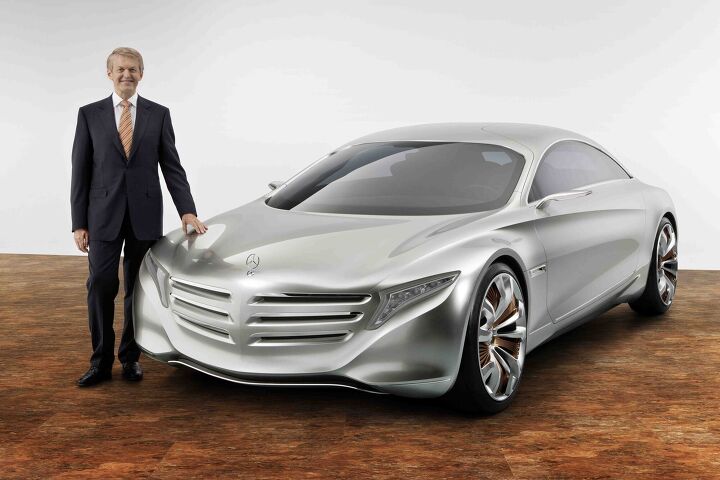












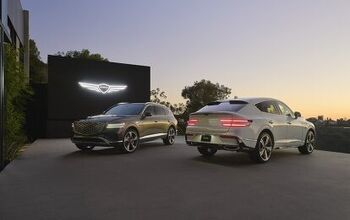
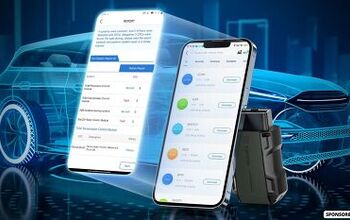







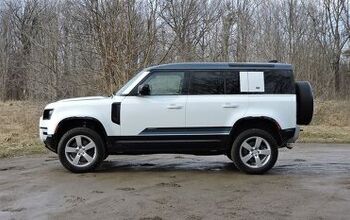

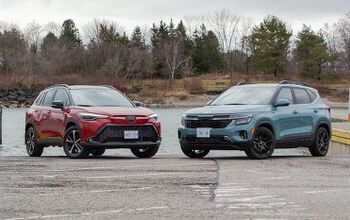

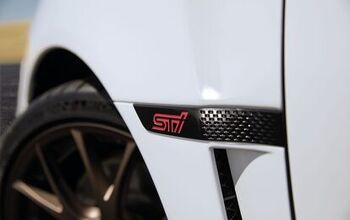
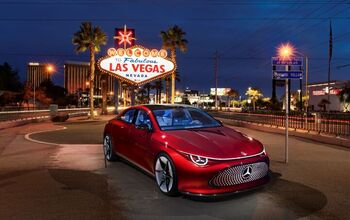

Comments
Join the conversation